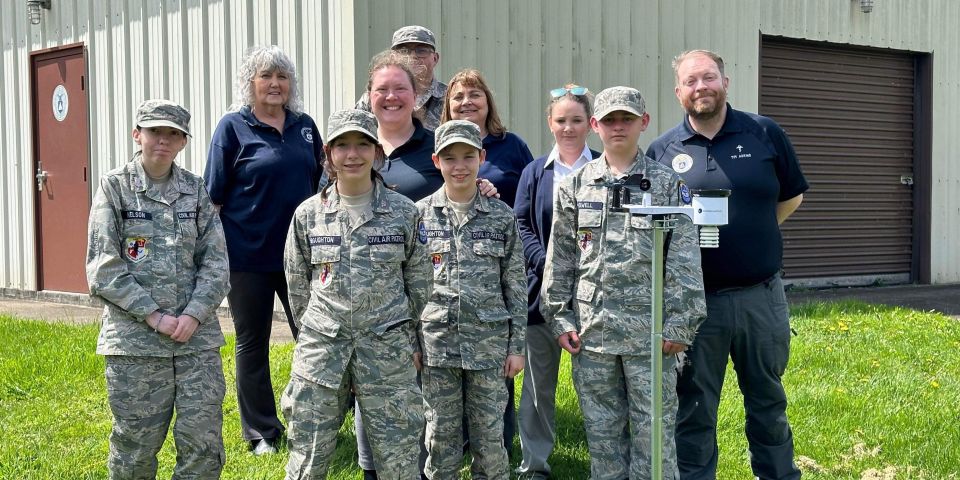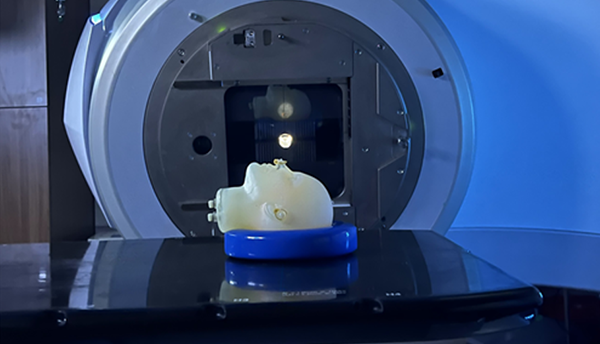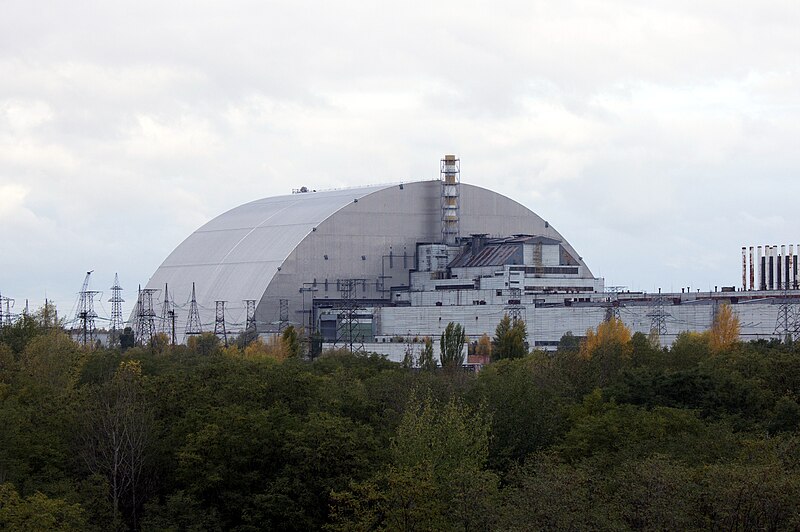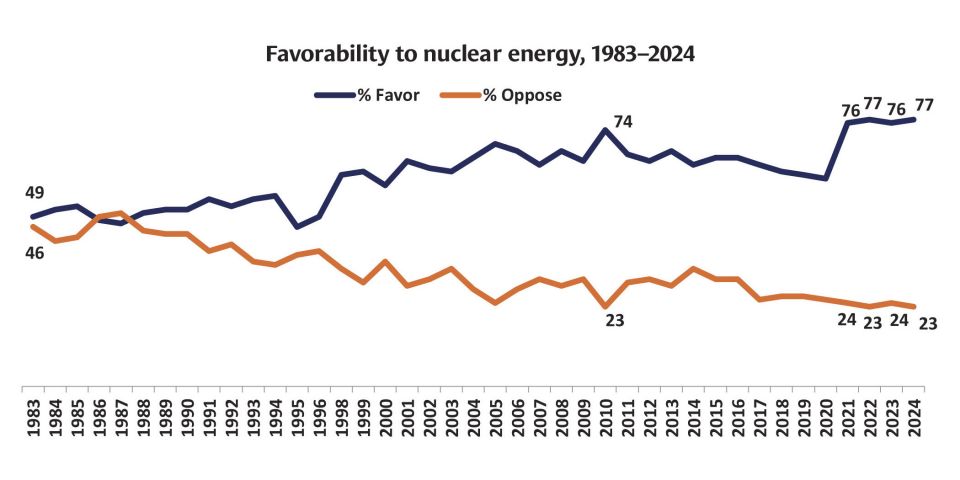Public support for nuclear stays at record highs, but misconceptions remain a problem
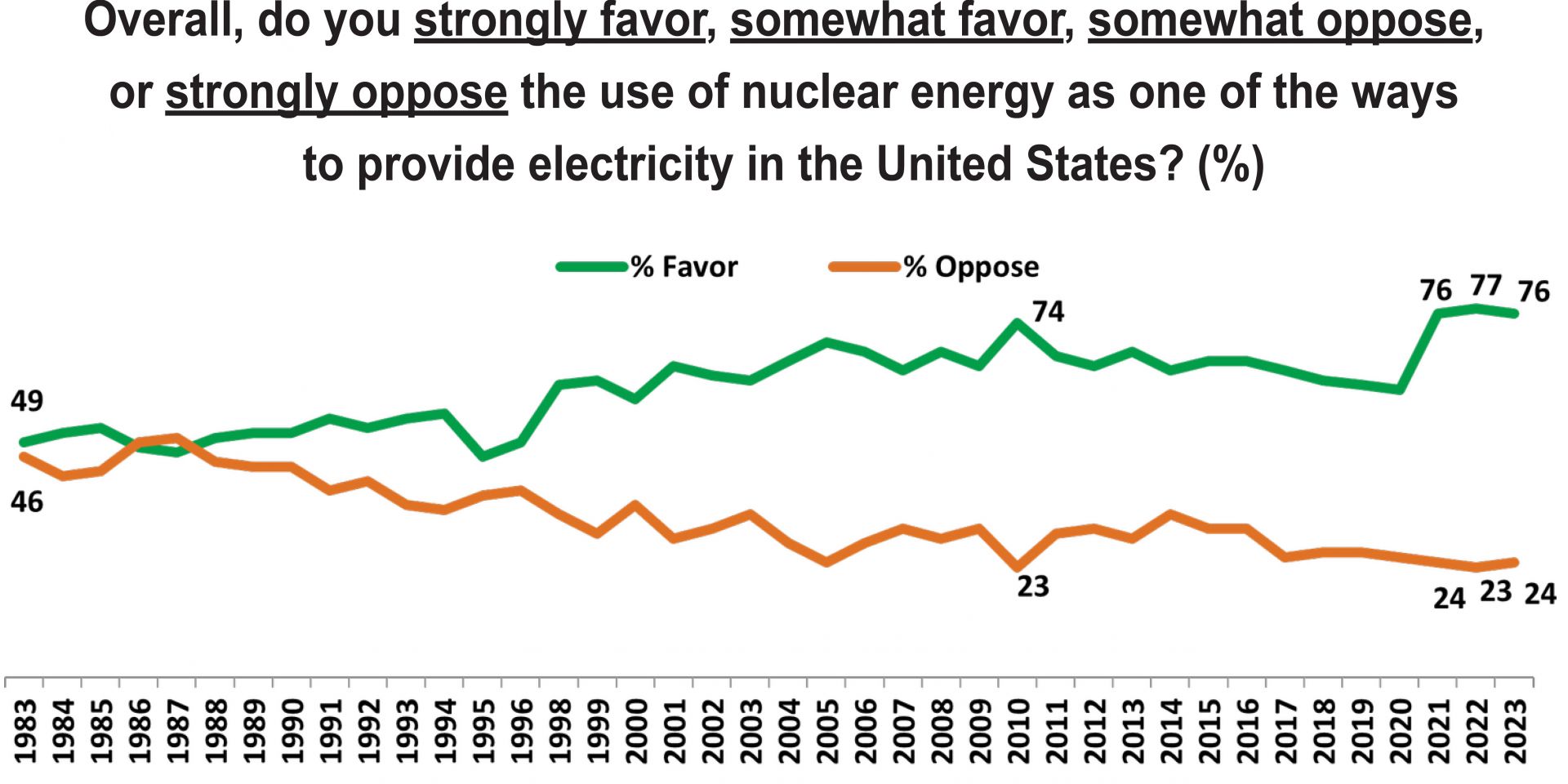
The latest National Nuclear Energy Public Opinion Survey conducted by Bisconti Research has found for the third year in a row that more than 75 percent of the U.S. public supports nuclear energy. In addition, approximately 70 percent of the public supports the building of additional nuclear power plants in the United States.
At the same time, however, Americans continue to harbor negative attitudes toward nuclear energy that are associated with fears of radiation, and those attitudes and fears can be changed only with improved education and research. Ann Bisconti, president of Bisconti Research, explored this trend in a January 2023 review of her company’s past survey findings, stretching back three decades. In certain ways, according to Bisconti, the public’s understanding of radiation has seemingly degraded in recent years.
Major findings for 2023: The survey, which was conducted from April 28 to May 5, included 1,000 adults who were considered to be representative of the national population. Results had a margin of error of ±3 percentage points.
After a dip in the previous decade, the three-year trend of support for nuclear continues. In this year’s survey, 76 percent of respondents said that they “strongly favor” or “somewhat favor” the use of nuclear energy as one of the sources of electricity in the United States.
Other pronuclear sentiments found in the survey include the following:
- 86 percent of respondents agreed that nuclear energy will continue to be important for meeting U.S. electricity needs in the coming years.
- 89 percent agreed that current nuclear plants should be relicensed if they meet federal safety standards.
- 87 percent agreed that preparations should be made now for advanced nuclear plants.
- 71 percent said that the United States should “definitely” build more nuclear plants.
Demographic differences: As in previous years, the 2023 survey found some striking differences in nuclear views among different demographic groups. When asked the question, “Overall, do you strongly favor, somewhat favor somewhat oppose, or strongly oppose the use of nuclear energy as one of the ways to provide electricity in the United States,” the most pronuclear demographic group remained male college graduates (49 percent of whom strongly favored nuclear). Overall, 40 percent of men answered “strongly favor,” compared with 19 percent of women (18 percent of college-educated women were strongly in favor). Most women (76 percent) were “fence-sitters,” the survey found, neither strongly for or against nuclear.
Opinions among different generations were markedly varied. Gen Z respondents (generally considered to be those born between 1997 and 2012) were the weakest group, with only 16 percent being strong supporters and 80 percent being fence-sitters. Millennials (born between 1981 and 1996) were the strongest pronuclear age group, with 34 percent expressing strong support. Gen Xers (1965–1980) also strongly supported nuclear at a level of 27 percent, while 29 percent of Baby Boomers (1946–1964) were strongly pronuclear. The Silent Generation (1928–1945) rivaled the Millennials, with strong support at 32 percent. No demographic group had more than 6 percent expressing strong opposition to nuclear.
Political differences: The 2023 survey again found that self-identified Republicans (37 percent) and conservatives (39 percent) were the strongest pronuclear supporters. Comparatively, 26 percent of self-identified Democrats, 24 percent of independents, 22 percent of moderates, and 24 percent of liberals said they strongly favored nuclear.
Knowledge leads to support: One factor that holds down levels of support for nuclear energy is lack of information. According to the 2023 survey, only 14 percent of the American public felt like they were “very well informed” about nuclear energy. But among those very well-informed respondents, 74 percent strongly supported nuclear. Those who said they felt “not at all” informed (86 percent of respondents) were also the most opposed (50 percent).
Messaging matters: Bisconti, in her January blog post, discussed the types of messages that are effective and ineffective in educating the public about radiation and nuclear energy, based on eight messages about radiation from nuclear power plants that were tested in the 2022 survey. Four of the messages were framed as emotional appeals, and the other four as appeals to rational thinking.
Regardless of the framing, she said, “the best points communicated about how radiation is controlled and about the many beneficial uses of nuclear technologies.” Bisconti added, “Talking about beneficial uses makes nuclear technologies more familiar and less threatening. Reminders of how radiation is used in medical and industrial technologies conveys that we know how to control these technologies.”
Analogies were the least effective form of messaging, according to previous surveys. “Being told that one gets more radiation from another source such as a coal plant does not explain how the nuclear power plant radiation is controlled, measured, and contained so that the public is protected,” she said.
Analysis: In an analysis of the survey respondents’ pronuclear views, Bisconti wrote, “Why do people hold their opinions of nuclear energy? An open-ended question gathered these reasons without influencing answers. Favorable reasons are primarily about the need for this energy because it is affordable, reliable, and efficient and about environmental benefits relating to clean air and climate change. The themes of energy independence and energy security that have reemerged in policy discussions due to Russia’s war in Ukraine are not yet cited as major reasons for opinions about nuclear energy.”
Summing up the results: “Support for nuclear energy remains high in the context of concerns about energy and the environment,” Bisconti summarized. “Nuclear energy’s benefits are being mentioned in the public discourse and this information is being heard. The current survey shows, once again, the very close correlation between the level of feeling informed about nuclear energy and strong favorability. Also, it shows the value of information for strengthening public support. Most Americans do not feel very well informed about nuclear energy, so information makes a big difference.”
Challenging misperceptions to change minds: The survey noted that the large middle ground occupied by respondents—the fence-sitters—is a sign that public opinion is changeable. Of some respondents’ antinuclear views, Bisconti wrote, “Unfavorable opinions are primarily focused on danger, although some did mention that nuclear energy is becoming safer. In open-ended questions about reasons for opinions about nuclear energy, few even mention waste.”
Positive messaging will remain ineffective if negative misperceptions are too strong, according to Bisconti. For example, at the beginning of the 2022 survey—before education on the matter was provided—64 percent of participants believed that that living near nuclear power plants exposes people to harmful levels of radiation. After this misperception was corrected by the survey, 51 percent of participants still believed it. “That’s an improvement but hardly the shift one would hope for,” Bisconti said. “The association of radiation with nuclear power plants is so strong that it persists with many people, even after they see persuasive messages.”
Bisconti concluded from analyzing decades of surveys that “radiation remains an area in which words alone are helpful but not sufficient, and the research shows that more education is needed. Get out the Geiger counters! Show pictures and models that demonstrate containment and control. More research is needed too. Test ways to show radiation measurements, including safe levels. Test perceived value of the many ways that radiation technologies are used to benefit society. Continue to look for potential signs of change in the perspective of younger generations.”



